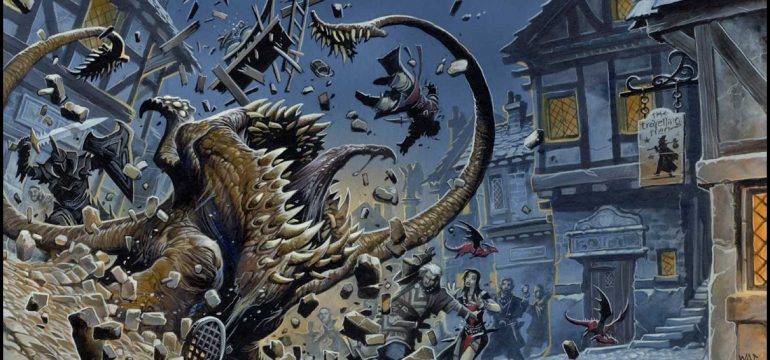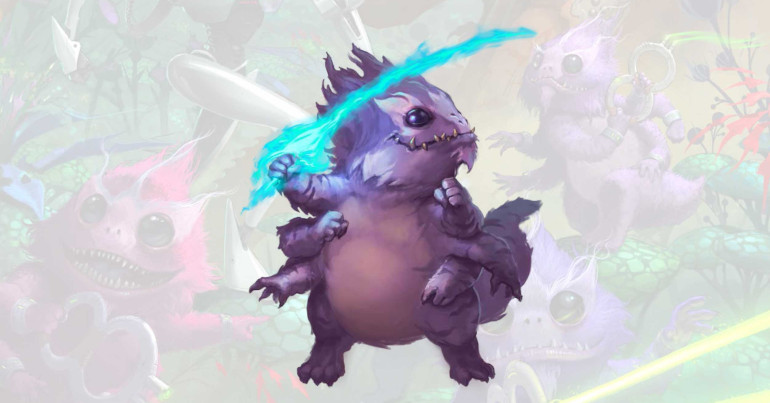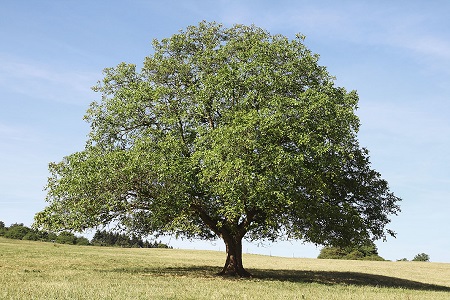When I started this series discussing using the setting of Golarion with other rules systems it was because I was looking towards the campaign I’d like to run for my group and adapting a Pathfinder AP to another game system which if you’ve been following this series is the Cypher system. So I’d like to talk today about some things to consider when adapting an adventure from one system to another, with a specific focus on Pathfinder to the Cypher System
Know the Rules
Before you start, it is helpful if you have at least a working knowledge of both game systems. It’s good to understand how tough an encounter is supposed to be in the original material before you start stating up the same encounter for your destination game. It’s also helpful to understand what each game rewards. Even if you picked up an adventure for a system you never heard of in a bargain bin because the story sounded cool that’s fine. As you read the adventure you can try to extrapolate the power of challenges and see what the designers offer as rewards.
Rewards
The Pathfinder rulebook is mostly dedicated to combat. Most XP the players will earn is gained in combat encounters. Some certainly, will come from traps survived and story awards but the bulk is combat. Pathfinder also has a robust economy of wealth and magical treasure that is essential for higher level play, and again much of this wealth is gained through combat.
In contrast, Cypher System characters earn most of their experience for Discoveries and accepting story complications in the form of GM intrusions. Most “magical” treasure in the Cypher system is more fleeting than you find in traditional games because much of it manifests in the form of cyphers. One use items akin to scrolls and potions in Pathfinder but much more varied in appearance. A few particularly interesting items might be artifacts that persist for more than one use but run the risk of becoming depleted over time. And while these items can be acquired in combat they are just as likely to be found through some other means.
This is not to imply, one system is better than another. They are just different and each provides its own distinct experience at the table and understanding those differences will enhance the quality of your adaptation.
Difficulties, Challenges, and Monsters
Action lies at the heart of nearly every RPG. From big action such as the heroes are fighting a rampaging otyugh bursting up from the sewers or the smaller scale action of kicking in a door or picking a lock. And Action requires rules. Pathfinder and the Cypher System have very different mechanics for approaching challenges. Pathfinder scales it’s DCs with the level of the characters while Cypher uses a pretty static difficulty system.
In Pathfinder, it is expected that characters will have acquired not only levels but specific magical gear or have access to spells that aid them in overcoming various obstacles thus DCs for low-level characters are never as high as those presented to 15th level or higher characters. Pathfinder gives GMs detailed rules for setting the CRs of monsters and traps, and DCs can range from 10 (sometimes lower) to up past 30.
In the Cypher System every task, monster, or challenge is given a level of 0-10. Most often that level is the Difficulty to succeed at the task, hit the creature, or overcome the challenge. These levels are not assigned with characters in mind only the difficulty of the task at hand. What this means for those of reading who don’t play the Cypher System is that the actual target number the player must roll on a d20 is 3 times the difficulty. So for a simple task (1) the player only needs to roll a 3 or better on the die, while for a formidable task (7) they need to roll a 21 which is functionally impossible without help, the right tools, or effort (your attributes are actually pools you can spend points from to generate effort to accomplish tasks.)
Now you might say, “but Pathfinder’s DCs are always the same regardless of who might attempt it,” and to a point, I’ll agree. Where I disagree is that Pathfinder has a lot of moving cogs that click numbers up as character’s level and Pathfinder places reasons on why those numbers are higher into the narrative. If I, as a GM, want my players to have a challenging time opening a particular lock I set the DC according to their level then justify it by saying it was rusted or masterwork for low-level parties or magically sealed for higher level parties. In Cypher I can just say it’s a difficulty 5 (challenging on the chart with a target number of 15) to open.
So how do I set difficulty from DC? Generally, I look at how hard it should be to accomplish in Pathfinder and eyeball it from there. If it’s a monster I’ll generally divide the CR by 2 or 3 and see how that feels but sometimes I’ll ignore that and just assign a level I think fits in with the creatures already available to me in the various Cypher Bestiaries I already own. Then I’ll throw a couple of modifications and special abilities and call it good. Monsters that get class levels I’ll again try to decide how hard the encounter was intended to be and work from there.
I know two weeks ago I said this would be my last installment of this series but there is more to cover in adapting an adventure so I’ll be back in two weeks to wrap up this topic. If you’ve been enjoying this series let me know in the comments if there’s interest I may revisit Golarion without Pathfinder.
This blog post uses trademarks and/or copyrights owned by Paizo Inc., which are used under Paizo’s Community Use Policy. We are expressly prohibited from charging you to use or access this content. This blog is not published, endorsed, or specifically approved by Paizo Inc. For more information about Paizo’s Community Use Policy, please visit paizo.com/communityuse. For more information about Paizo Inc. and Paizo products, please visit paizo.com.








